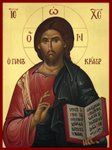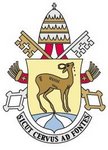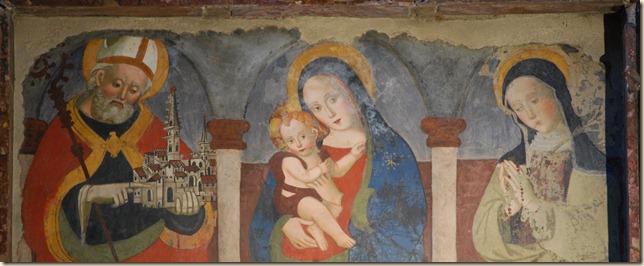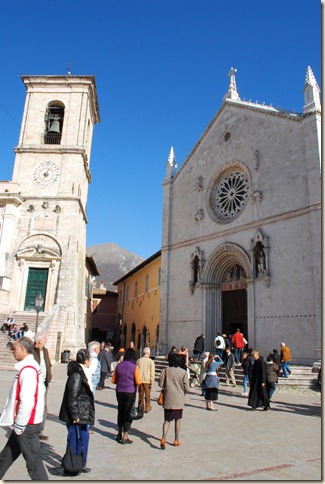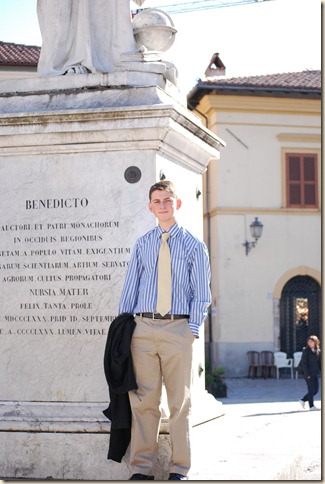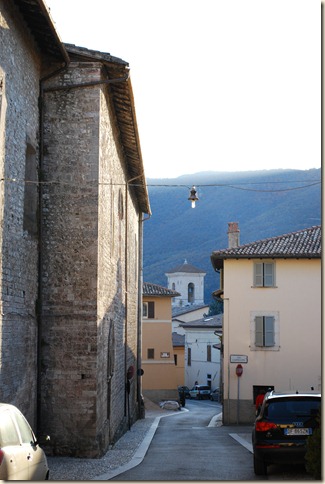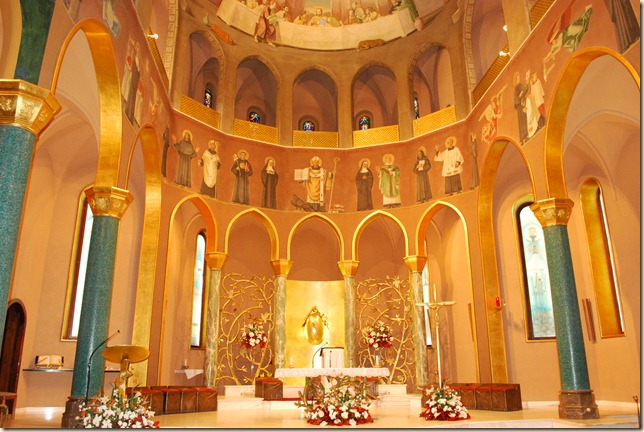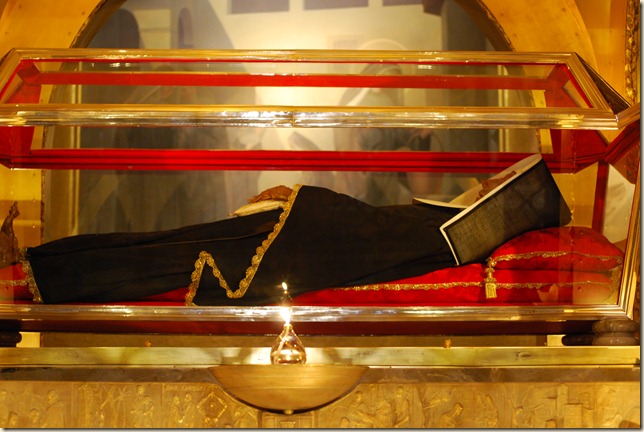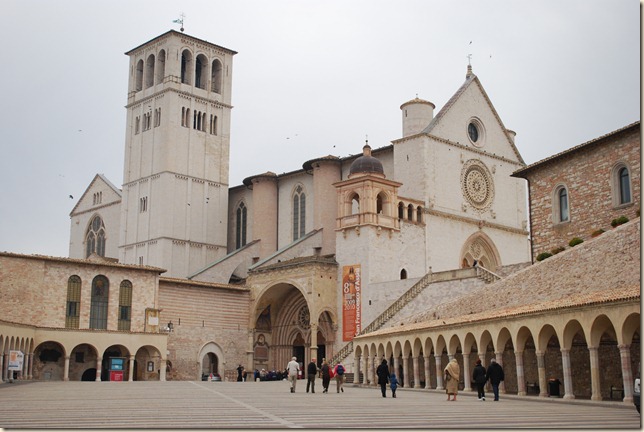 I have to share an experience that Deb and I had this last week. We listened to one of the professors at the ITI speak about his grandparents. He is from Romania. His grandparents were married in February of 1948. Four months later his grandfather was arrested by the government and held without any charges. His wife was pregnant and had a daughter in October of that year. He spent 16 years in prison. During that time, he was able to see his wife and daughter once after seven years of imprisonment. He was routinely tortured.
I have to share an experience that Deb and I had this last week. We listened to one of the professors at the ITI speak about his grandparents. He is from Romania. His grandparents were married in February of 1948. Four months later his grandfather was arrested by the government and held without any charges. His wife was pregnant and had a daughter in October of that year. He spent 16 years in prison. During that time, he was able to see his wife and daughter once after seven years of imprisonment. He was routinely tortured.(Pictured Vasile Aftenie, Bishop and Martryr)
The backstory here is that the Greek Catholic churches* were outlawed in every Soviet-bloc country. The Greek Catholic priests were required to renounce the Greek Catholic church and join the Orthodox church or face arrest, imprisonment, torture, and death. There were six Greek Catholic bishops in Romania at that time. Every one of them died for their faith; many by torture! The grandfather of my friend escaped death. However, he is deaf in one ear from being beaten with with cloth tubes packed with sand (used so that it would leave no marks).
Each prisoner was given 150 grams of bread per day. That comes to 5.3 ounces (5 slices of bread per day). That was to sustain them under heavy labor conditions. There was such a hunger for the faith that these men would sacrifice part of their daily bread supply and make rosaries from small beads formed from their bread.
This gentlemen got out in 1964 because of pressure applied to the Romanian government by the American government concerning political prisoners. His daughter was 16.
He and his wife have been married now over 60 years. He was ordained once out of prison and has served the Romanian Greek Church since.
What has struck me so profoundly since I have been here and have interacted with Eastern Catholics is how these churches were DECIMATED during Communism. There were many places where all of the bishops and priests were taken away to never return. The Latin Church was left alone as a way of touting some form of religious freedom. However, these churches were under tremendous pressure from the KGB. You step out of line, you disappeared to never be seen again. The Orthodox churches were gutted earlier. Thus, many, many of the priests were KGB agents. The confessionals were bugged. Many, many good Christian people were murdered.
We don't have to look back to the distant past of the early church to find great persecution and martyrdom. There are many people alive today that witnessed the attempted eradication of the Greek Catholic Churches. These churches are still trying to figure out who they are in the world. They were driven so far underground that in some sense they are still emerging.
It is inspiring to hear the stories of these holy and brave men and women. I only pray that God would give me the grace to stand so strong in the face of that kind of persecution.
*What I mean by Greek Catholic Churches are those churches that are not of the Roman Catholic Church that are united with the Pope. These church have many different liturgical rites by which they express their faith. Examples are Byzantine, Melkite, and Maronite rites. The Romanian Greek Church is of the the Byzantine rite.
Here is a small essay on the history of the Romanian Greek Catholic Church:
The communist persecutions
On august 23, 1944, Romania was invaded by the Soviet Army and in March 6, 1945 the Communist Government was installed. One of the goals of the new government was to abolish the Greek-Catholic Church, considered dangerous for the communist plans. They started a campaign of disparagement of Holy Father, and the connections with Vatican were broken.
The government framed up that the Greek-Catholic Church "came back" in the Orthodox Church. They started to threaten the Greek-Catholic priests and bishops that they would be put in jail or killed if they didn't sign their "return" to the Orthodox Church. The communist prisons were full of priests, monks and lay people who didn't sign the "return" to the Orthodox Church. All the Bishops of the Greek-Catholic Church were put in prisons.
On the December 1, 1948, through a decree of the Great National Assembly, The Greek-Catholic Church was abolished because everybody "returned" to orthodoxy. All its possessions were took by the Orthodox Church. Today a very few of these possessions were given back.
The martyr bishops
The communist persecution killed seven Greek-Catholic Bishops. Six of them were bishops when they were arrested (October 1948): Valeriu Traian Frentiu, Iuliu Hossu, Alexandru Rusu, Ioan Balan, Ioan Suciu and Vasile Aftenie, and one of them was ordained bishop in prison: Tit Liviu Chinezu. All of them died in prison or in forced residences, after long periods of sufferings.
The first martyr was Vasile Aftenie (1899-1950), who was tortured in the basement of Ministry of Internal Affairs, and died there. In the prison of Sighetul Marmatiei died Valeriu Traian Frentiu (1875-1952), Ioan Suciu (1907-1953), Tit Liviu Chinezu (1904-1955). The bodies of those who died there were buried in a field, so that we don't know for sure where their graves are. Alexandru Rusu (1884-1963) died in the prison of Gherla.
Ioan Balan (1880-1959) and Iuliu Hossu (1885-1970) died, after prison and forced residence, in a hospital in Bucharest.
The Greek-Catholic Church started the process of canonization of these seven Bishops three years ago. They are the symbol of all the martyrs of the Greek-Catholic Church, and with the will of God they will be the first saints of the Greek-Catholic Church.
